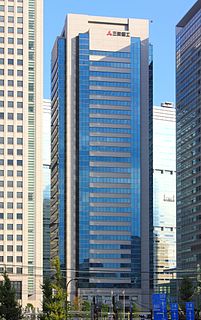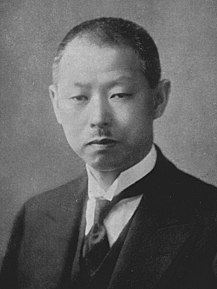Tanaka Seisakusho(田中製作所, Tanaka Engineering Works) was the first company established by Tanaka Hisashige, one of the most original and productive inventor-engineers during the Tokugawa / Edo period. Established in July 1875, it was the first Japanese company to manufacture telegraph equipment. It also manufactured switches, and miscellaneous electrical and communications equipment. [1]
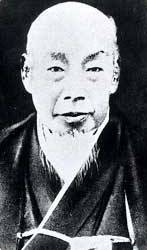
Tanaka Hisashige was a Japanese rangaku scholar, engineer and inventor during the Bakumatsu and early Meiji period in Japan. In 1875, he founded what became the Toshiba Corporation. He has been called the "Thomas Edison of Japan" or "Karakuri Giemon."
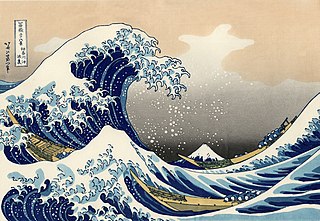
The Edo period or Tokugawa period (徳川時代) is the period between 1603 and 1868 in the history of Japan, when Japanese society was under the rule of the Tokugawa shogunate and the country's 300 regional daimyō. The period was characterized by economic growth, strict social order, isolationist foreign policies, a stable population, "no more wars", and popular enjoyment of arts and culture. The shogunate was officially established in Edo on March 24, 1603, by Tokugawa Ieyasu. The period came to an end with the Meiji Restoration on May 3, 1868, after the fall of Edo.
The company was inherited by Tanaka's adopted son, and later became half of the present Toshiba company. Several people who worked at Tanaka Seisakusho or who received Tanaka's guidance at a Kubusho (Ministry of Industries) factory later became pioneers themselves. These included Miyoshi Shōichi who helped Fujioka make the first power generator in Japan and to establish a company, Hakunetsusha to make bulbs; Oki Kibatarō, the founder of the present Oki Denki (Oki Electric Industry); and Ishiguro Keizaburō, a co-founder of the present Anritsu. [1]
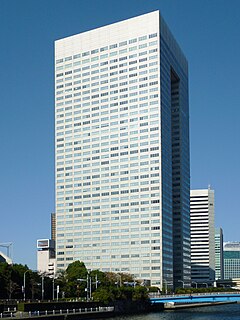
Toshiba Corporation is a Japanese multinational conglomerate headquartered in Tokyo, Japan. Its diversified products and services include information technology and communications equipment and systems, electronic components and materials, power systems, industrial and social infrastructure systems, consumer electronics, household appliances, medical equipment, office equipment, as well as lighting and logistics.
Hakunetsusha (白熱舎) was a company established by Shōichi Miyoshi and Fujioka Ichisuke, two of Japan's industrial pioneers during the Tokugawa / Edo period. It specialized in the manufacture of light bulbs.
Oki Kibatarō was an engineer formerly employed at a Japanese Ministry of Industry (Kōbushō) factory. In 1877, only a year after Alexander Graham Bell's invention, Kōbushō had started an effort to make telephone receivers by reverse engineering and Oki was in the team that came up with the first prototype. In January 1881, convinced that the nation was about to enter the age of communications, Oki founded Meikōsha, which was later renamed Oki Electric Industry. The company manufactured the first telephones in Japan in 1881, only five years after the device was invented by Bell.
After the demise of the founder in 1881 Tanaka Seisakusho became partly owned by General Electric and expanded into the production of torpedoes and mines at the request of the Imperial Japanese Navy, to become on the largest manufacturing companies of the time. However, as the Navy started to use competitive bids and then build its own works, the demand decreased substantially and the company started to lose money. The main creditor to the company, Mitsui Bank, took over the insolvent company in 1893 and renamed it Shibaura Seisakusho (Shibaura Engineering Works). [1]
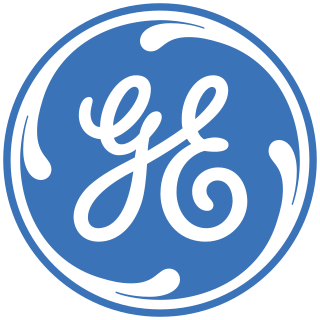
General Electric Company (GE) is an American multinational conglomerate incorporated in New York and headquartered in Boston. As of 2018, the company operates through the following segments: aviation, healthcare, power, renewable energy, digital industry, additive manufacturing, venture capital and finance, lighting, transportation, and oil and gas.

A naval mine is a self-contained explosive device placed in water to damage or destroy surface ships or submarines. Unlike depth charges, mines are deposited and left to wait until they are triggered by the approach of, or contact with, any vessel. Naval mines can be used offensively, to hamper enemy shipping movements or lock vessels into a harbour; or defensively, to protect friendly vessels and create "safe" zones.

The Imperial Japanese Navy was the navy of the Empire of Japan from 1868 until 1945, when it was dissolved following Japan's surrender in World War II. The Japan Maritime Self-Defense Force (JMSDF) was formed after the dissolution of the IJN.
